- Lightroom Presets
- Mobile Presets
-
Photoshop
-
Learn
-
Support
-
Install
- Best Sellers
- Blog
By Anna Gay on | No Comments

Bokeh is derived from the Japanese word boke, which literally means "blur" or "haze".
So in relation to photography, Bokeh refers to the soft, creamy, out-of-focus and blurry background that can be achieved by shooting a subject using a fast lens that is set at a wide aperture and/or shooting with a shallow depth of field.
Bokeh is an extremely popular effect used in many genres of photography from portraits all the way to nature photography and is often used by photographers to improve the visual appeal of their image and force the viewer to focus attention to a particular area of the photo.
There are a few different types of bokeh. The one we most commonly think of is a circular effect in the background. But bokeh can also be very smooth, with a gradient quality. The most important thing to keep in mind when creating the bokeh effect is WHAT is in the background, and how much light is being reflected there.
Here are 8 tips to help you achieve a beautiful bokeh effect in your own photography:

Shooting with an open aperture is the #1 way to get nice bokeh in the background of your photos. To do this, choose an open aperture or low f-stop number between f/1.8 and f/5.6. The lower the f-stop number, the less depth of field there will be (or how much of your photo is in focus).
Fixed focal length lenses and some of the more expensive zoom lenses will give you access to even wider apertures. These lenses are worth investing in for many reasons besides pretty bokeh, but it is a reason that is pretty high up on many photographers' lists.

Another way to get a better bokeh effect in your photos is to choose a longer focal length - preferably a 50mm lens or higher. Longer lenses will compress the background and make it appear closer to your subject than it really is. This same effect will add more bokeh to your image.
Longer focal lengths also allow you to achieve a shallower depth of field. And the less depth of field you have, the more background blur or bokeh will be present in your photos. Lenses with a focal length between 50mm and 200mm work great for this effect.
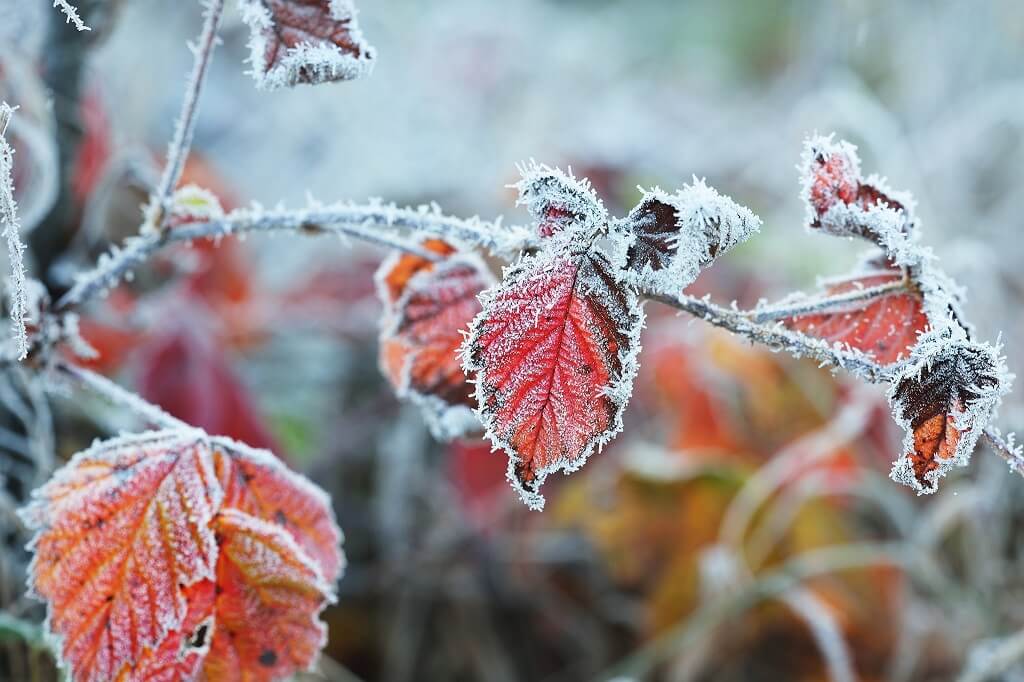
If you want the best chance for pretty bokeh in your images, make sure to maintain good space between your subject and the background. The greater the distance your subject is from the background, the more out of focus the background will be. Also keep in mind, the closer YOU are to your subject, the more out of focus the background will be.

A really fun and vibrant type of bokeh is the classic circular shape. You can capture these bokeh lights by making sure there are bright points of light in the background of what you are shooting. Brights points of light can be actual lights, light reflecting off something, or even light filtering through trees.

The above image was created with an aperture of f/1.8, which created the sharp focus in the foreground. You don’t necessarily have to have your lens wide open to create this type of bokeh. As previously mentioned, you can also create this effect by having some distance between where you focus and your background.
As you can see in the photo below, bokeh can be used to create a focal point within your image and force the viewer to focus attention on a particular area of the photo. This can take even the most ordinary photo and transform it into something magical.

If you want to experiment with something more abstract, you can use bokeh to create an abstract effect within your photo. If you have a macro lens, you are in luck, because even at f/8, this photo still has that creamy, smooth texture that is so unique to a macro lens depth of field.
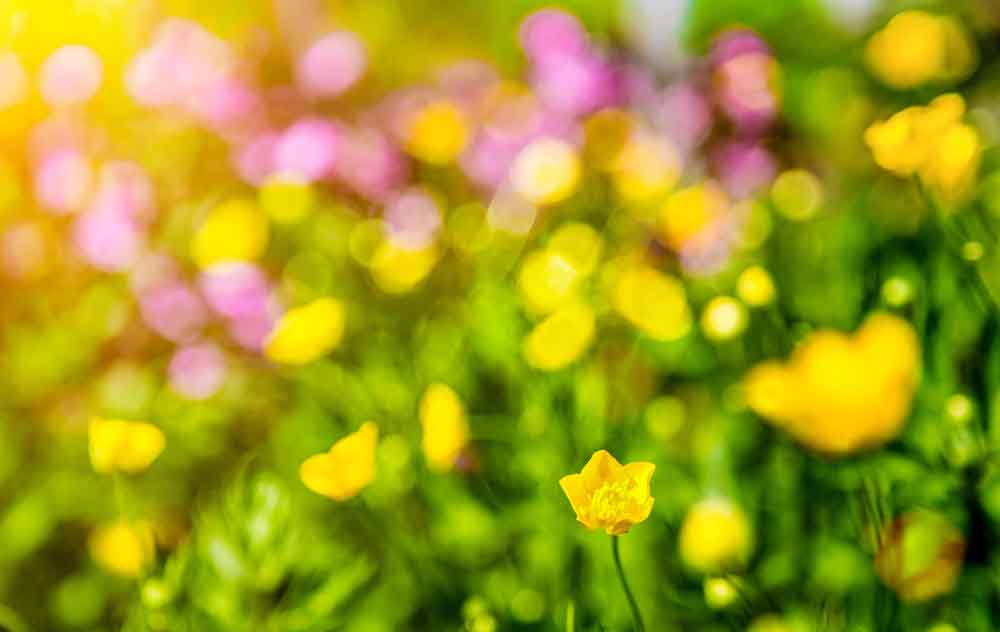
As seen the image below, the photographer is using bokeh to the bring focus towards the subject. And, as you can also see, bokeh can work extremely well with a black and white photo. It is not too distracting and simply brings our eyes to the subject.
This technique will work on any subject, from people, to pets, to flowers and any object that you want to be the focus.

Now, if you want to try something really different, you can experiment with lens filters that create bokeh in the shape of hearts, stars, shamrocks, Christmas tree bokeh, etc. to give your photo a fun and quirky vibe. These filters can be purchased for a very reasonable price.
Or, if you are a DIY type of person, you can also make your own bokeh shape filters by using black paper to cover the front of your lens, with the shape of your choice cut out in the center of the paper.
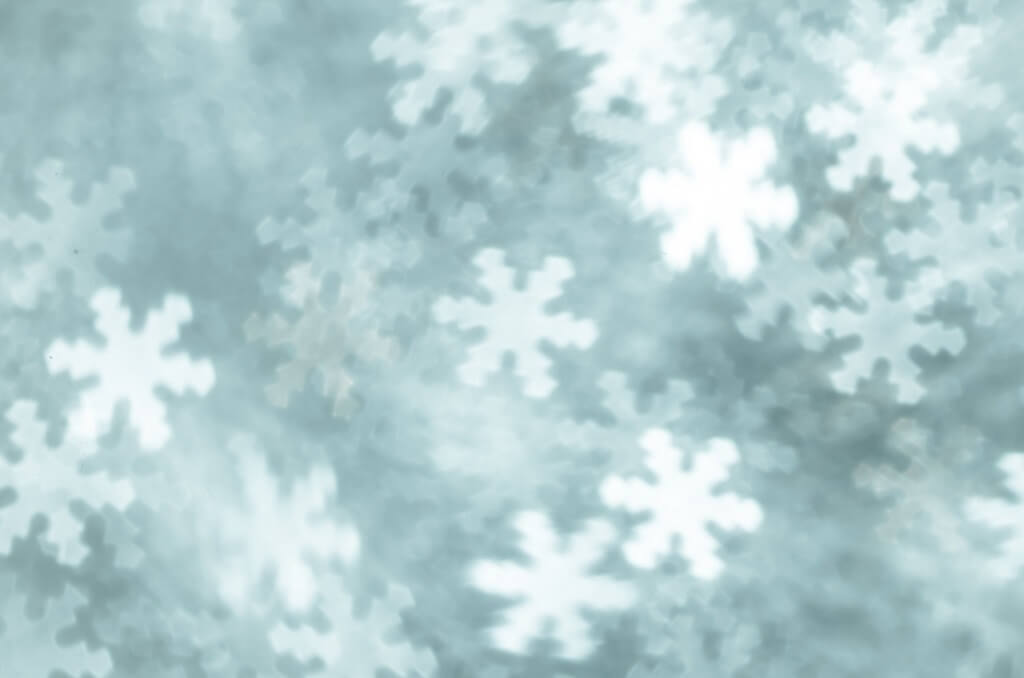
Of course, when the December holidays approach, there will be no shortage of twinkling lights either at your home or out and about on the streets to experiment with!

Bokeh is such a beautiful addition to any type of photography and creates a gorgeous supporting element to your images. Once you begin playing with these tips, you'll learn just how easy it is to create amazing bokeh in your photos!
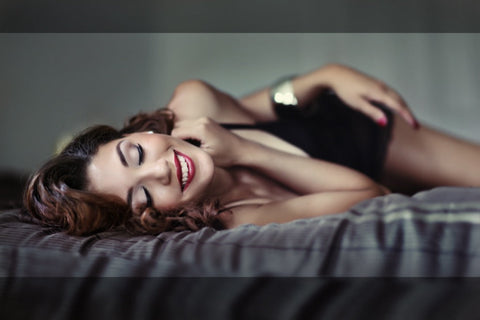
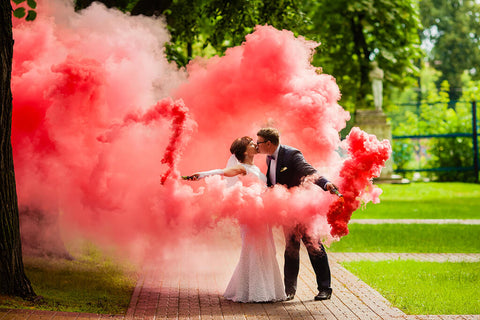
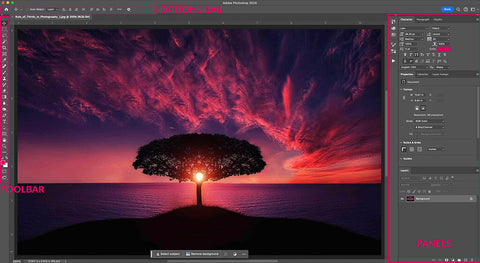
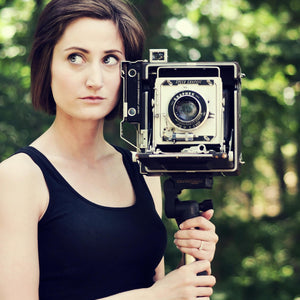
Anna Gay is a portrait photographer based in Athens, GA and the author of the dPS ebook The Art of Self-Portraiture. She also designs actions and textures for Photoshop. When she is not shooting or writing, she enjoys spending time with her husband, and their two cats, Elphie and Fat Cat.

Comments